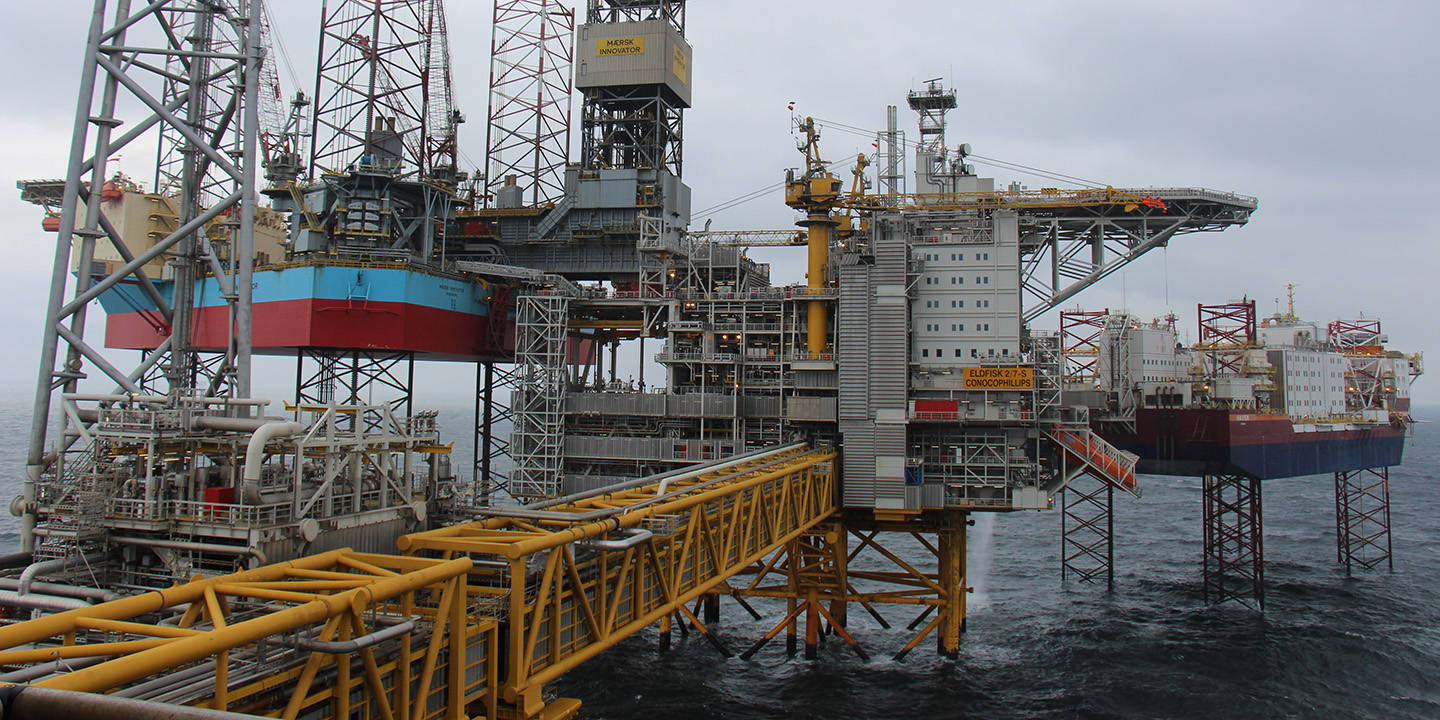An overarching goal of the petroleum policy is to facilitate efficient and profitable exploitation of the oil and gas resources in a long-term perspective. Strong competition and a diversity of players in all parts of the value chain are important for good resource utilisation and to ensure sufficient interest in the opportunities that are found on the shelf.
Production licences are normally awarded to a group of companies, led by an operator. Through the cooperation in the production licence, the various companies will check and challenge the operator’s assessments so that the best possible decisions are made, while at the same time allowing less experienced companies to build more expertise.
In the period after year 2000, there was a considerable increase in the number and diversity of companies operating on the NCS. Before this, a small number of large Norwegian and international companies dominated. As parts of the continental shelf have matured and different challenges have arisen, the Norwegian authorities have considered it important to make adjustments to ensure effective exploration, development of discoveries and production on fields that are on stream. In the past few years, there has been significant consolidation in the industry, and the composition of companies with current activity on the NCS, compared to only a few years ago, has declined.
Many small and medium-sized companies have merged and strengthened their position. At the same time, several large international companies have sold their assets on the NCS. This has resulted in the medium-sized companies becoming an increasingly important force for further development of the NCS.
Three adjustments in the framework conditions have been particularly important in stimulating competition and increasing the diversity of companies on the shelf:
- The prequalification system was established to give companies an opportunity to secure an evaluation of their suitability for participation on the Norwegian continental shelf before they devote resources to assessing concrete business opportunities. There has been very significant interest in prequalification since the system was introduced, and there continues to be a steady stream of companies who want to secure such an advance assessment.
- The APA scheme, together with adjustments in how work programmes are designed, give the companies steady access to exploration acreage and ensures continuous exploration activity. In this way, the system also facilitates efficient use of resources in the oil companies and ensures that acreage previously relinquished by other companies becomes available to companies with new ideas. This means that previously awarded acreage will also be subject to new assessments.
- The exploration reimbursement scheme was introduced to ensure equal tax treatment of exploration costs for companies both inside and outside tax position, and reduced entry barriers for new players and facilitate profitable exploration. This led to a large increase among small companies on the shelf. With the cash-flow based tax rules introduced in 2022, the exploration reimbursement scheme was removed, however the companies are still able to be reimbursed a significant part of yearly tax losses in the special tax regime (71.8%).

The companies that entered the Norwegian continental shelf since 2006 have contributed to a number of discoveries. Several of these companies have also made the transition from exploration activity into the development and operations phase. Larger resources, and a different type of resources, are required for companies that are developing fields as compared with companies that are only active within exploration activity.
At the end of 2024, there were 25 exploration and production companies active on the Norwegian shelf, 17 of which were operators. This is a smaller number compared with a few years ago and is the result of factors including consolidation among the companies, adjusted strategical priorities and an increased degree of mature resource base. While some companies have opted to leave the shelf, in whole or in part, others have at the same time reinforced their activity.
Number of companies on the Norwegian continental shelf 2000-2024, by size
Source: Norwegian Offshore Directorate
Print illustration Download data Number of companies on the Norwegian continental shelf 2000-2024, by size Download PDF Download as image (PNG)
High Contrast Mode
No other players can match Equinor (former Statoil) when it comes to broad-based expertise and knowledge about the Norwegian shelf. The company also plays a key role as operator for many of the large, older fields on the shelf. It is extremely important for overall value creation that the company continues an active, effective and long-term commitment on the Norwegian continental shelf.
